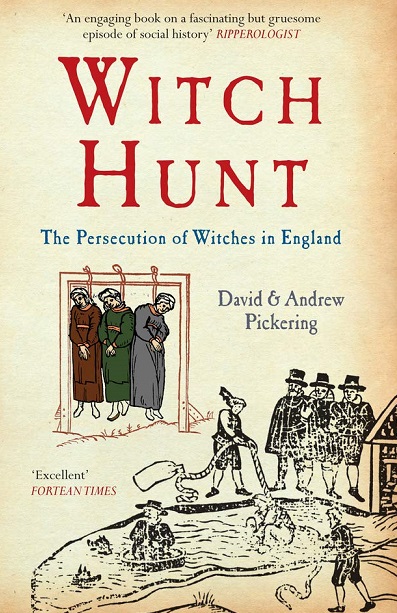
呪術(sorcery)は,もともと(当初から),女性特有の犯罪と考えられていたわけではない。それが女性に集中するようになったのは15世紀であり,それから17世紀の終わり頃まで魔女の迫害は広範囲に及び,また,過酷なものであった。イノセント8世は,1484年に,魔女術に対する(against 対抗する)教皇勅書(回勅)を出し,魔女を罰するため二人の異端審問官(inquisitor)を任命した。両者は,1489年に「Malleus Maleficarurn)」即ち「魔女に与える鉄槌(the hammer of female malefactors)」-という書名の,長い間権威があると認められた本を出版した。彼らは,女性の心は生来(生まれつき)邪悪であるので,魔術は男性よりも女性により自然な(natural 生まれつきの/ぴったりした)ものであると主張した。当時,魔女(とされた女性)に向けられた最もありふれた非難理由は,(魔女は)悪天候を引き起こすというものだった。魔術使いの疑いがかけられた女性に対する質問リストが起草され,被疑者は拷問台の上で期待された答をするまで拷問にかけられた。ドイツだけでも,1450年から1550年の期間に,10万人の魔女,大部分,生きたまま焼き殺されたと見積もられている。
Chapter IV Demonology and Medicine, n.10
Sorcery was not, originally, considered a peculiarly feminine crime. The concentration on women began in the fifteenth century, and from then until late in the seventeenth century the. persecution of witches was wide-spread and severe. Innocent VIII, in 1484, issued a Bull against witchcraft, and appointed two inquisitors to punish it. These men, in 1489, published a book, long accepted as authoritative, called Malleus Maleficarum, “the hammer of female malefactors.” They maintained that witchcraft is more natural to women than to men, because of the inherent wickedness of their hearts. The commonest accusation against witches, at this time, was that of causing bad weather. A list of questions to women suspected of witchcraft was drawn up, and suspects were tortured on the rack until they gave the desired answers. It is estimated that in Germany alone, between 1450 and 1550, a hundred thousand witches were put to death, mostly by burning.
出典:Religion and Science, 1935, chapt. 4:
情報源:https://russell-j.com/beginner/RS1935_04-100.HTM
